Unlocking the Secrets of Consistency Testing: A Comprehensive Guide
Overview of Consistency Testing
Consistency, a fundamental property in various industries, determines the usability and quality of materials ranging from food to construction supplies. **Accurate consistency testing** ensures that products meet desired standards and perform as intended. This article delves into the methods and tools used to test consistency scientifically, offering insights into why this process is critical for quality assurance and innovation.
Sampling for Consistency Testing
Sampling is a **crucial step** in consistency testing as it directly impacts the accuracy and reliability of results. The selection process involves identifying representative samples of the material, whether it's a **semi-solid, liquid, or paste-like substance**. Proper storage and handling during sampling are essential to prevent contamination or changes in the material's properties. For instance, samples for food consistency testing should be stored in sterilized, airtight containers to maintain integrity.
Key Parameters in Consistency Testing
Consistency testing evaluates several parameters depending on the material and industry requirements. Common factors include:
- Viscosity: Measures the internal resistance to flow, crucial for paints and syrups.
- Elasticity: Examines how a material regains shape after deformation, vital for doughs and polymers.
- Flow Behavior: Determines how a material spreads or moves under specific forces, important for coatings and adhesives.
Each parameter provides a unique perspective on the material's performance and usability.
Instruments Used for Consistency Testing
Advanced instruments play a pivotal role in achieving **precise and repeatable measurements** of consistency. Commonly used tools include:
- Viscometers: Ideal for measuring viscosity in liquids and semi-solids.
- Texture Analyzers: Assess elasticity, firmness, and spreadability in food and cosmetic products.
- Rheometers: Evaluate flow behavior and mechanical properties under controlled conditions.
The choice of instrument depends on the material's properties and the specific parameters being tested.
Methods for Consistency Testing
Consistency testing involves a range of techniques tailored to material types and industry standards. Common methods include:
- Rotational Testing: Measures viscosity using rotating spindles in materials like creams and paints.
- Penetration Testing: Determines firmness or hardness, often used for gels and pastes.
- Flow Cup Testing: Assesses how quickly a liquid flows through a standardized aperture.
All methods adhere to strict guidelines to ensure reproducibility and accuracy, contributing to robust quality control systems.
Conclusion
Consistency testing is more than a quality control process; it's a gateway to understanding material behavior, ensuring safety, and enhancing product performance. With the right approach, sampling, and instruments, businesses can unlock new levels of efficiency and reliability, catering to ever-evolving market demands.

检测资质(部分)
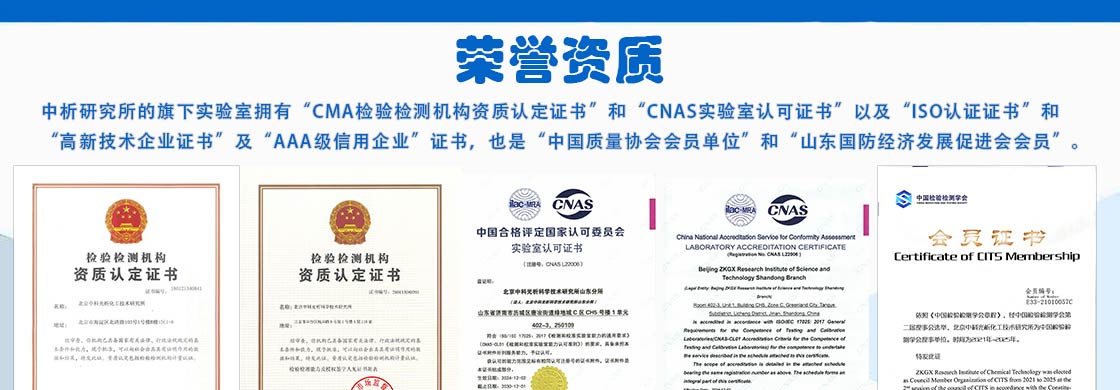
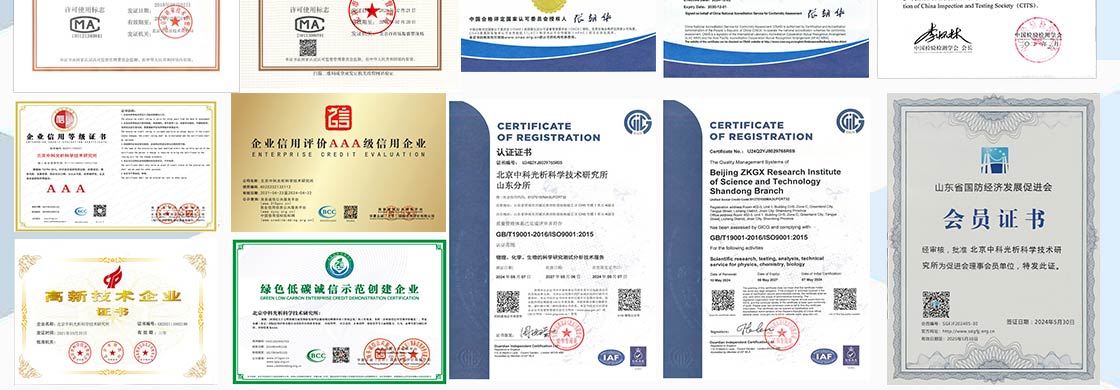

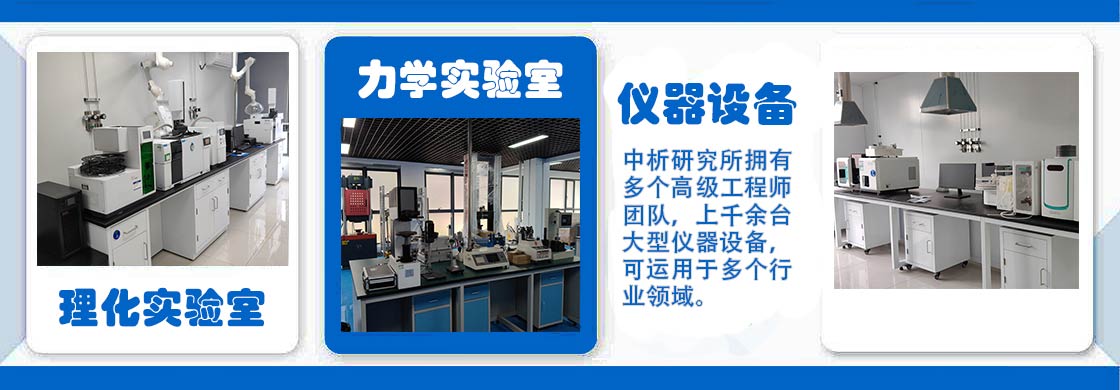
检测实验室(部分)



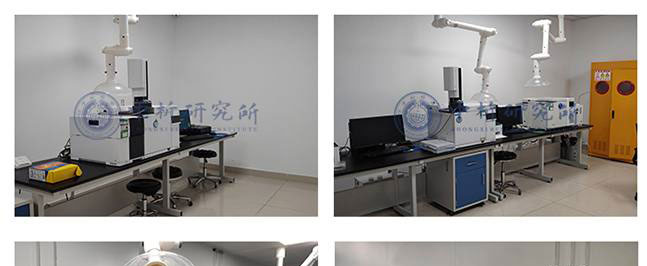
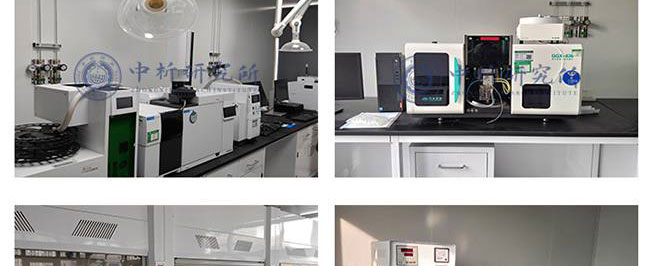
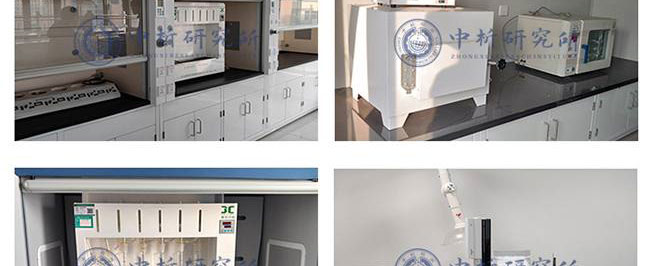
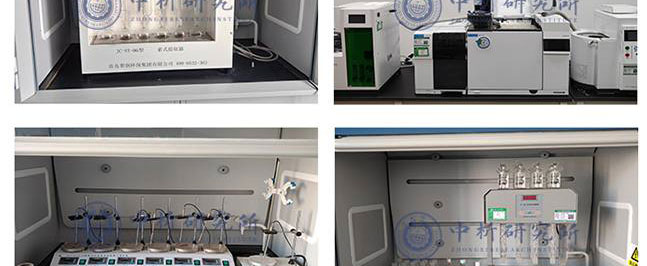
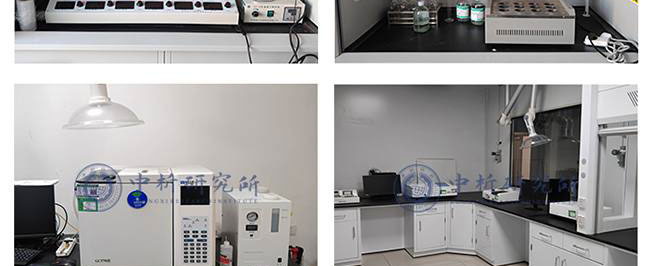
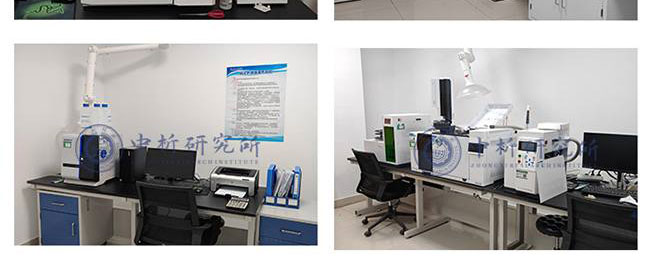
合作客户(部分)





检测报告作用
1、可以帮助生产商识别产品的潜在问题或缺陷,并及时改进生产工艺,保障产品的品质和安全性。
2、可以为生产商提供科学的数据,证明其产品符合国际、国家和地区相关标准和规定,从而增强产品的市场竞争力。
3、可以评估产品的质量和安全性,确保产品能够达到预期效果,同时减少潜在的健康和安全风险。
4、可以帮助生产商构建品牌形象,提高品牌信誉度,并促进产品的销售和市场推广。
5、可以确定性能和特性以及元素,例如力学性能、化学性质、物理性能、热学性能等,从而为产品设计、制造和使用提供参考。
6、可以评估产品是否含有有毒有害成分,以及是否符合环保要求,从而保障产品的安全性。
检测流程
1、中析研究所接受客户委托,为客户提供检测服务
2、客户可选择寄送样品或由我们的工程师进行采样,以确保样品的准确性和可靠性。
3、我们的工程师会对样品进行初步评估,并提供报价,以便客户了解检测成本。
4、双方将就检测项目进行详细沟通,并签署保密协议,以保证客户信息的保密性。在此基础上,我们将进行测试试验.
5、在检测过程中,我们将与客户进行密切沟通,以便随时调整测试方案,确保测试进度。
6、试验测试通常在7-15个工作日内完成,具体时间根据样品的类型和数量而定。
7、出具检测样品报告,以便客户了解测试结果和检测数据,为客户提供有力的支持和帮助。
以上为Unlocking the Secrets of Consistency Testing: A Comprehensive Guide的检测内容,如需更多内容以及服务请联系在线工程师。
